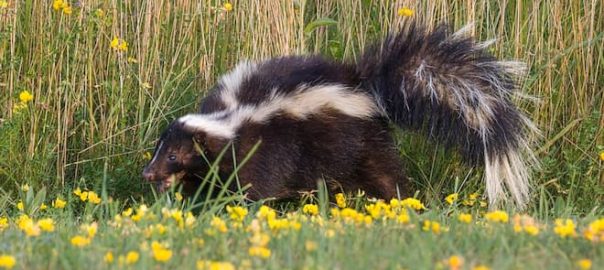Wildlife Removal – Trapping VS. Exclusion

Wildlife concerns are a problem homeowners can face all year round. Animals such as skunks, squirrels, possums and raccoons can break can cause great problems for homeowners, both in terms of damage and health concerns. They carry parasites, can be very defensive and can cause untold amounts of damage to homes, be it through the digging up of lawns or expensive property damage when trying to find shelter for themselves and their offspring.
Urban wildlife do not discriminate when it comes to choosing houses, and should you suffer the misfortune of having animals break into your home you need to act quickly and decisively for your property’s benefit and your piece of mind.
The most common response when nuisance animals become a problem on property is “Get them out!”. Given the irritation associated this is a very normal response. There are two primary methods to rid people of unwanted pests, trapping and exclusion. Trapping is the method most people tend to gravitate towards as they feel it is the quickest and most obvious solution to their problem; the animal is removed with a snare pole or caught in a baited trap and removed from the area.
As it results in the immediate resolution of the issue most people believe this to be the best method. Trapping however has some serious downsides. First off trapping is very distressing to animals. Animals which are trapped are frightened and willing to do anything to get out. They struggle excessively and can cause physical damage to themselves. If a mother is trapped and relocated, her babies will be left alone and will likely starve to death. Relocated animals are also left scared and confused after being moved to a new environment, often unable to fend for themselves in their new surroundings.
Perhaps the most important aggravating factor against trapping however is that it does not solve the root cause of the issue homeowners are facing. Wildlife find weak points on homes to find shelter from the elements. Even if the nuisance animal is forcibly removed and relocated from the property, this still does not solve the issue of entry points on the home. Other animals can still find their way in, including those outside of the target species.
If those entry points are not protected the likelihood of a homeowner dealing with the same issue in the future is very high, thus creating more headaches and wasted time and resources. Exclusion, or the sealing of those access points is thusly a much more long term and safe solution to the issue, as it ensures your home is safe from further incursion and motivates animals to move on within their territory. If animals move into your home call a wildlife professional and shield your property the threat of invasion by urban wildlife.